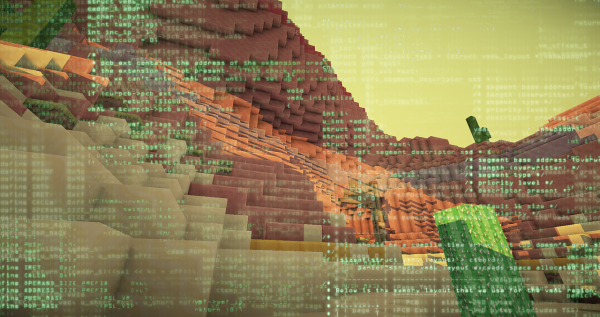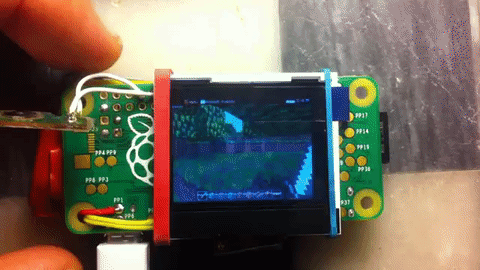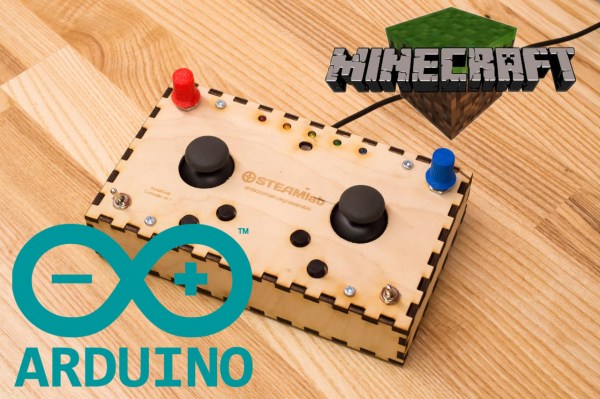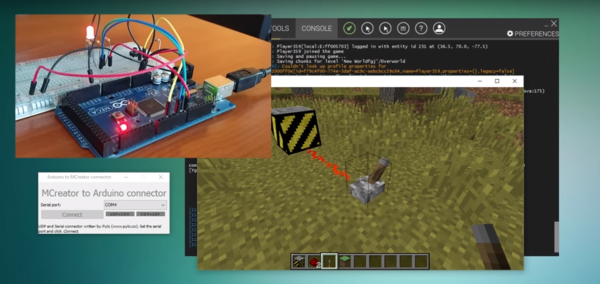Doom is now running on the ESP32. This is some work from [Sprite_tm], and the last we heard about Doom on the ESP32 is that there was a silicon bug or something. Now we’re knee deep in the dead on a tiny WiFi and Bluetooth-enabled microcontroller.
Loading animations have a long and storied history. What originally began as an hourglass quickly turned into a hand counting to five and progress bars. There were clocks, the Great Beach Ball of Death, and now loading animations are everywhere. However, the loading animation has still not been perfected — until now, that is. This is a fidget spinner loading animation. It’s beautiful.
Just a quick reminder that a Minecraft scholarship exists. Yeah, I know what you’re thinking, but there is a scholarship from the Klingon Language Institute for studying any language, and last year’s winner built a redstone computer from scratch,
[8bit generation] recently released a documentary, about the rise of Atari. Easy to Learn, Hard to Master is about the rise of Atari under [Nolan Bushnell]. Now [8bit generation] is working on a new documentary: Firing Steve Jobs. The [Steve Jobs] story is fascinating, and no matter what you think of him, he probably knew what he was doing.
Want to build and sell some hardware? Over on Tindie, we’re taking a look at some of the most successful designers of custom crafted hardware. This time it’s [Albertas Mickėnas] of Catnip Electronics who has sold five thousand soil moisture sensors.
You can just go out and buy a CNC machine, but that doesn’t quite underscore the difficulty in getting a CNC machine running. Our ‘ol pal [Jeremy] recently picked up a Romaxx CNC machine and put together a video of its commissioning. There’s a lot of work here, from building a shelf/stand for a rather beefy machine to cutting into the bed for t-tracks, and figuring out how dust collection is going to happen.
Before there was KiCad and Eagle and a ton of web-based PCB design tools, there was Autotrax. Want to know what PCB design and GUIs look like in DOS? I did a walkthrough for designing a small PCB in the DOS version of Autotrax late last year. There are thousands of designs locked up in discontinued EDA suites, and [Erich] has a way to revive them. He’s developed an Autotrax/Easytrax layout import/export plugin for pcb-nd. Now legacy Protel designs can be imported into software released in this century. This is really cool, and you can check out some screenshots here.

















